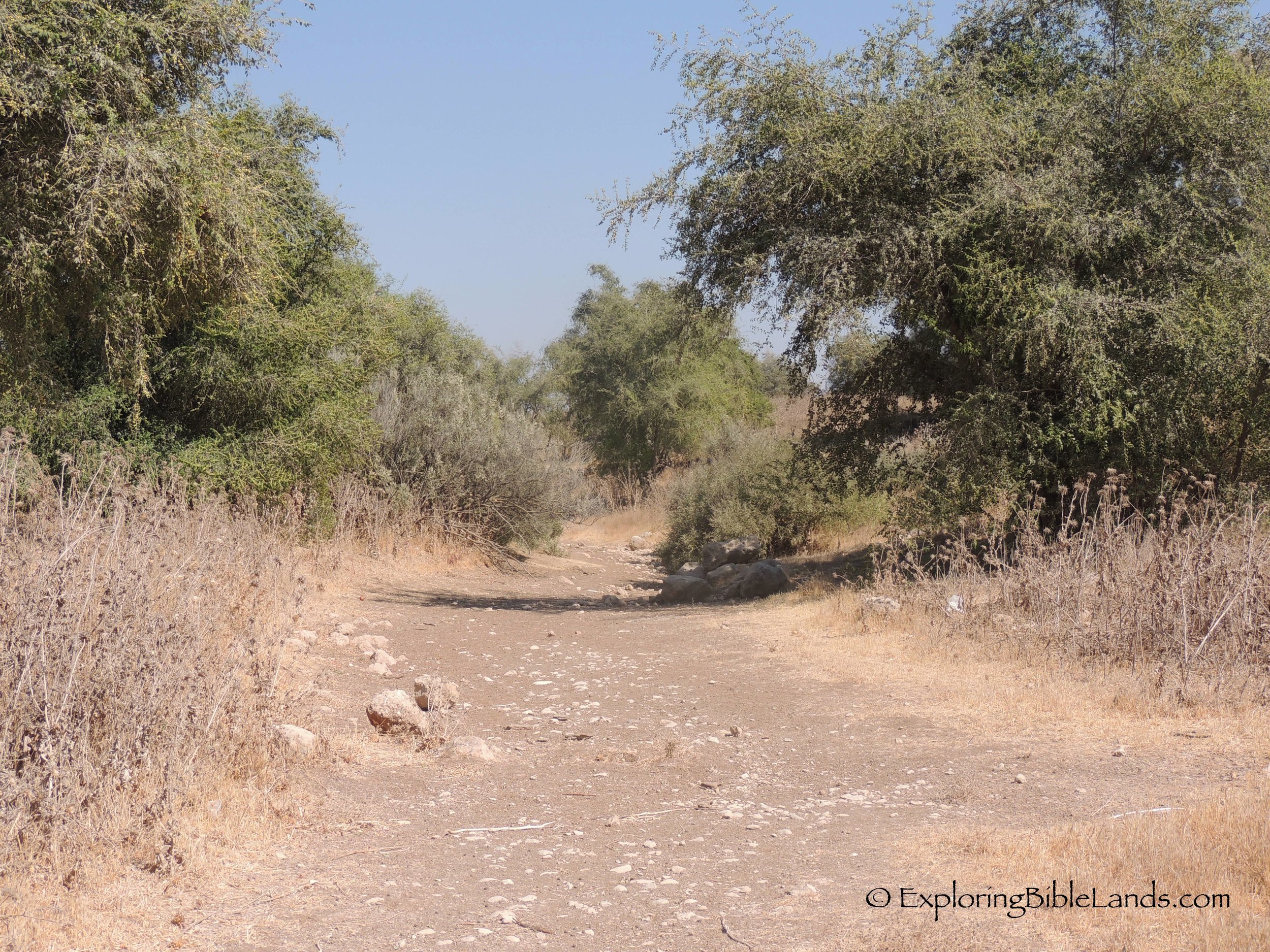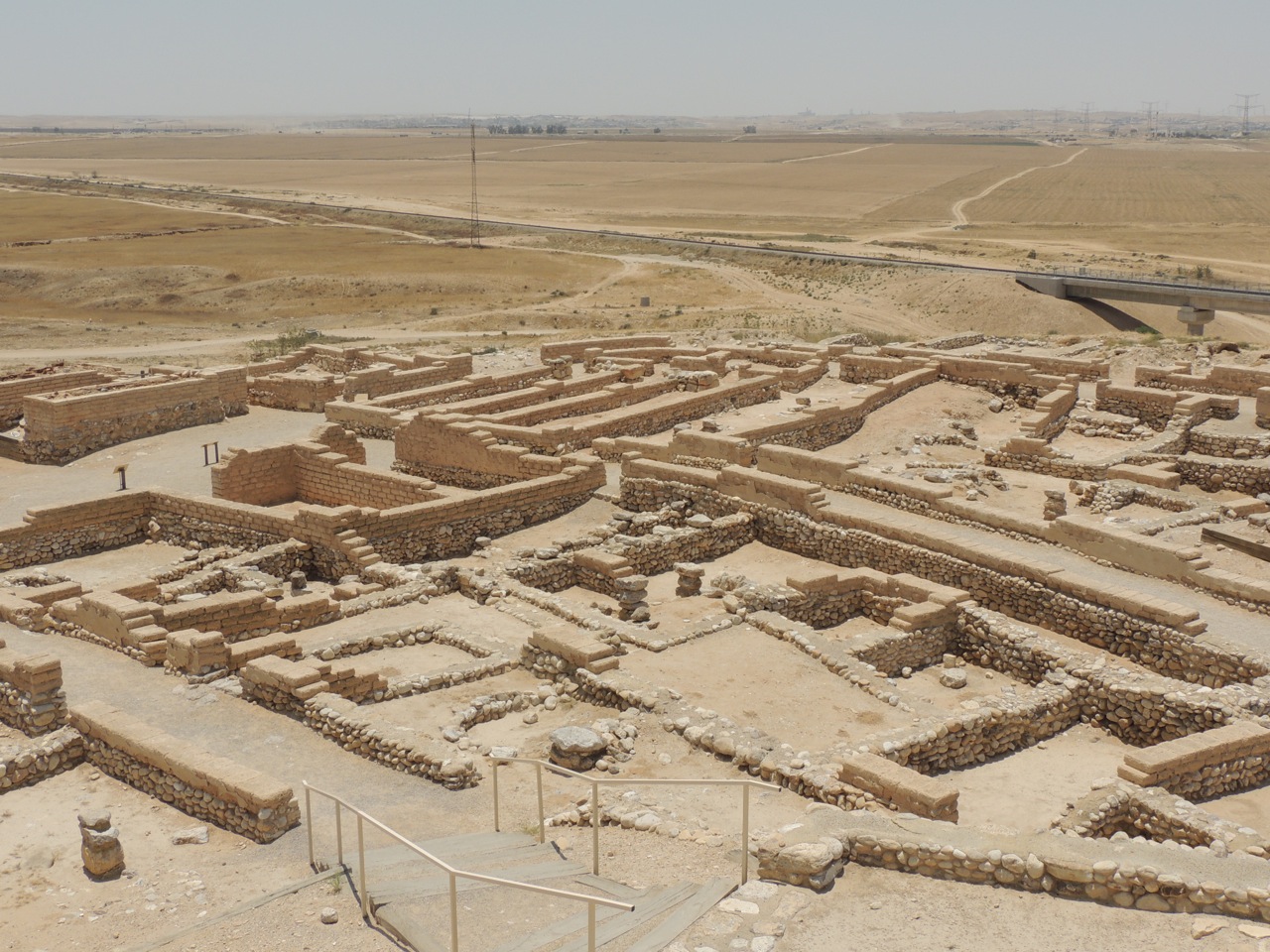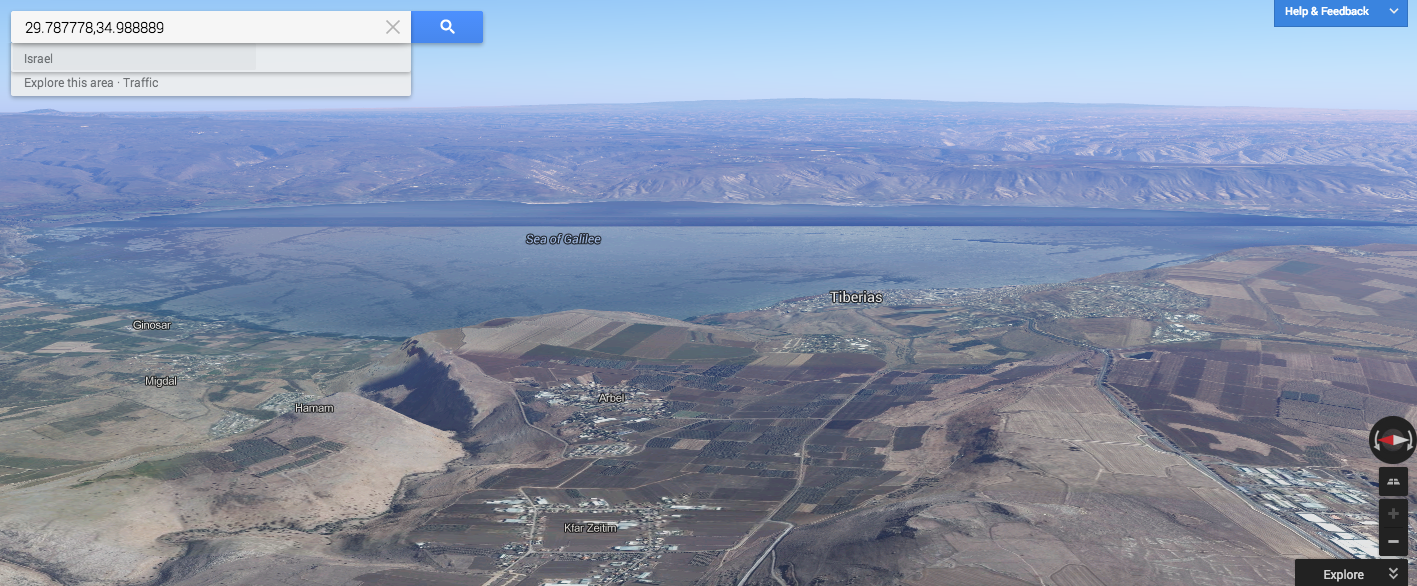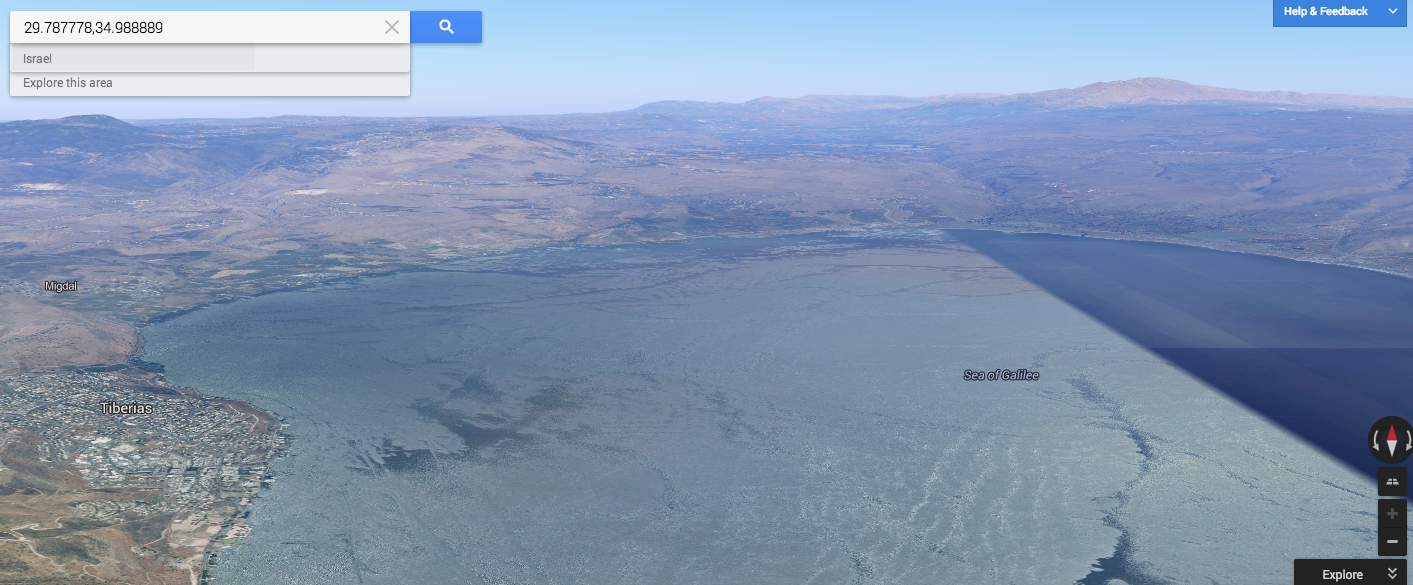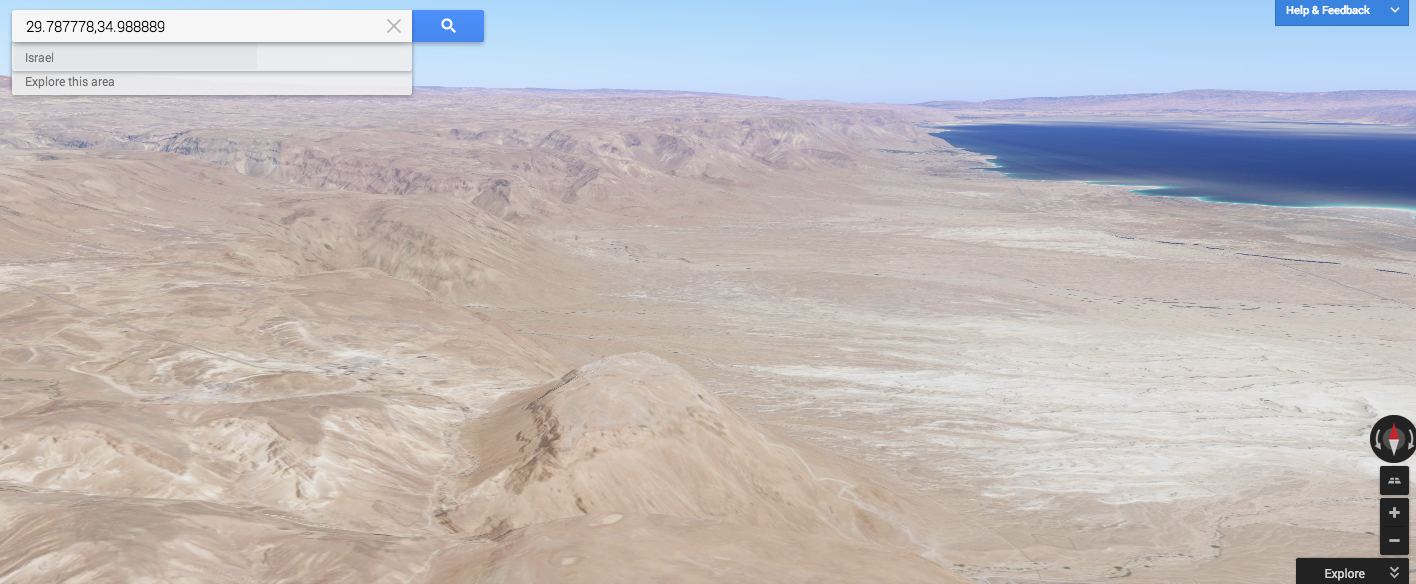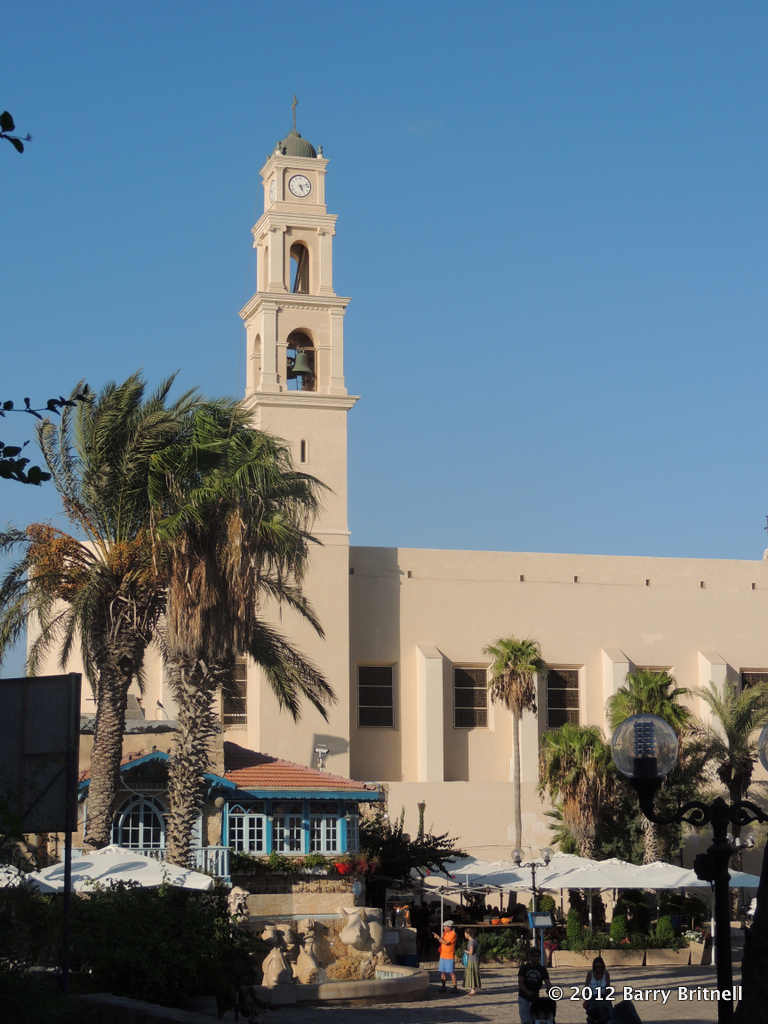 In my last post, I discussed the first of three reasons why I study Biblical geography. In that post, I mentioned that the first reason was: I study Biblical Geography to better understand God's people.
In this post, I'll discuss the next reason. Which is:
In my last post, I discussed the first of three reasons why I study Biblical geography. In that post, I mentioned that the first reason was: I study Biblical Geography to better understand God's people.
In this post, I'll discuss the next reason. Which is:
Reason #2: I study Biblical Geography to better understand God's Word.
If I were to ask you to tell me the story of 1 Samuel 17, more than likely, you would relate a story to me similar to this: "There was a Philistine giant named Goliath that came out and taunted the Israelite army for 40 days. Finally, a shepherd boy named David agreed to fight Goliath. David, founded by a solid faith in God, took five stones from the brook and approached the giant. He then took out a stone and slung it. The stone struck the giant in the head and he died. It was a glorious victory for Israel."
If you would answer my question like that, you would be like nearly everyone else. However, that is not the way that the Bible tells the story. The Bible describes Goliath beginning in verse 4 and describes David beginning in verse 12. So, what is in the first three verses of that chapter? Well, let us read it.
Now the Philistines gathered their armies for battle. And they were gathered at Socoh, which belongs to Judah, and encamped between Socoh and Azekah, in Ephes-dammim. And Saul and the men of Israel were gathered, and encamped in the Valley of Elah, and drew up in line of battle against the Philistines. And the Philistines stood on the mountain on the one side, and Israel stood on the mountain on the other side, with a valley between them. - 1 Samuel 17:1-3
This is a story about geography! Yes, there are important lessons to be learned about David and his faith in God. But to fully understand the importance of this battle, you have to understand the geography of the area! If you understand the geography (including the Coastal Plain, the Shephelah and the Hill Country), then the real importance of this battle can be understood! This is why the Bible gives such a high level of detail regarding the geography.
By understanding the geography, it helps you to better understand God's Word.
(NOTE: The picture at the top of this post was taken on my tour last year. They are walking in the brook that runs through the Elah Valley where David pulled his "five smooth stones".)


